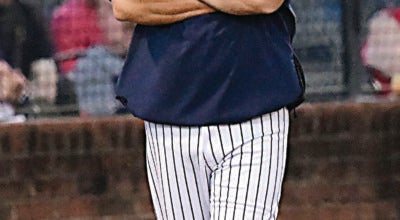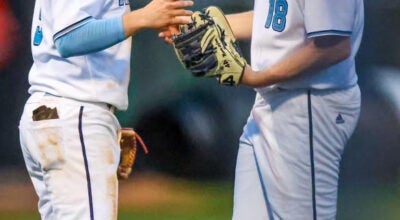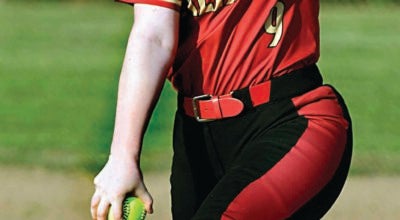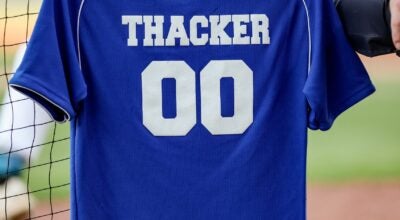NFL: Knowing when and where to whine
Published 12:00 am Wednesday, January 26, 2011
By Jim Litke
Associated Press
Mike Ditka once said the difference between sports writers and puppies is that, ěin six weeks, the puppy stops whining.î
But if the Twitter-bombing of Bears quarterback Jay Cutler after his departure from the Bears-Packers NFC Championship game proved anything, itís that dealing with lapdogs still beats taking your case directly to the paying customers ó by miles.
Anybody surprised by the fury unleashed on the perpetually grumpy Cutler must have missed the rise of sports talk radio over the last decade. But there, only one caller at a time gets to air his grievances, while the rest stack up like airplanes in holding patterns, waiting for clearance to land.
Twitter let everyone land on Cutlerís head at the same time.
Whether thatís a good thing depends on your perspective, but it certainly was revealing. Not the vicious reaction of the fans, but the fact that a host of current and former players ó several now drawing paychecks from the same media outlets they once despised ó joined in the free-for-all. It showed how little some of his peers respect Cutler, but just as tellingly, that they know even less than sports writers about when and where itís appropriate to whine.
A few got the message soon enough and apologized, though some of the apologies were even more lame than the original offense. Jaguars running back Maurice Jones-Drew, one of the first on the scene, had to walk back his criticism of Cutlerís toughness when several people pointed out he sat down for two games with a bad knee while Jacksonville was still trying to earn a spot in the postseason. Cornerback-turned-TV-analyst Deion Sanders never saw a tackle he couldnít avoid, yet he summoned enough courage to jump on the pile.
Many of those same players no doubt had a low opinion of Cutler before the game and probably said as much in the privacy of the locker room, but thatís usually where it stays. The system of checks and balances that keeps sports writers in line works differently: rip a coach or a ballplayer publicly and thereís a very good chance you will have to defend that opinion face-to-face. If nothing else, itís incentive enough to collect all the facts and get the story right. For the ballplayers involved, it may well mean more than verbal cheap shots the next time they play Chicago.
Thereís no need to defend Cutler here; his teammates took care of that. Several, knowing they were in part responsible, pointed out that heíd been sacked more than any quarterback in the league yet missed only one game ó and that because of a concussion.
ěI donít question his toughness,î said Bears linebacker Brian Urlacher, who has a Ph.D in the subject, and noted that Cutler doesnít complain when he gets hit.
The he dismissed the players who rushed to their keyboards as ějealous guys, sitting at home watching on TV.î
A full examination by the team medical staff a day later revealed Cutler suffered a Grade 2 MCL sprain. That proved that Cutlerís assembled critics knew even less about doctoring than they did about sports writing.
The fact that he didnít stay in the locker room, come back out for the second half packed in ice or wearing a brace, or even wobble around on crutches, was all the diagnosis they needed at the time.
The problem isnít Twitter. It heightens interest, gives fans a forum and even does a fairly good job of policing itself. In this case, it provided a snapshot ó albeit an ugly one ó of what those fans think of the Bears QB. Thatís Cutlerís problem to solve now.
How badly he was hurt is ultimately his problem, too. But by speculating wildly on the extent of the injury and then questioning his guts, those players may find it tough to put the toothpaste back in the tube. Wrecking a playerís reputation based on half-baked information is exactly the kind of thing that drives athletes and coaches crazy.
Who knew it required so little research?





